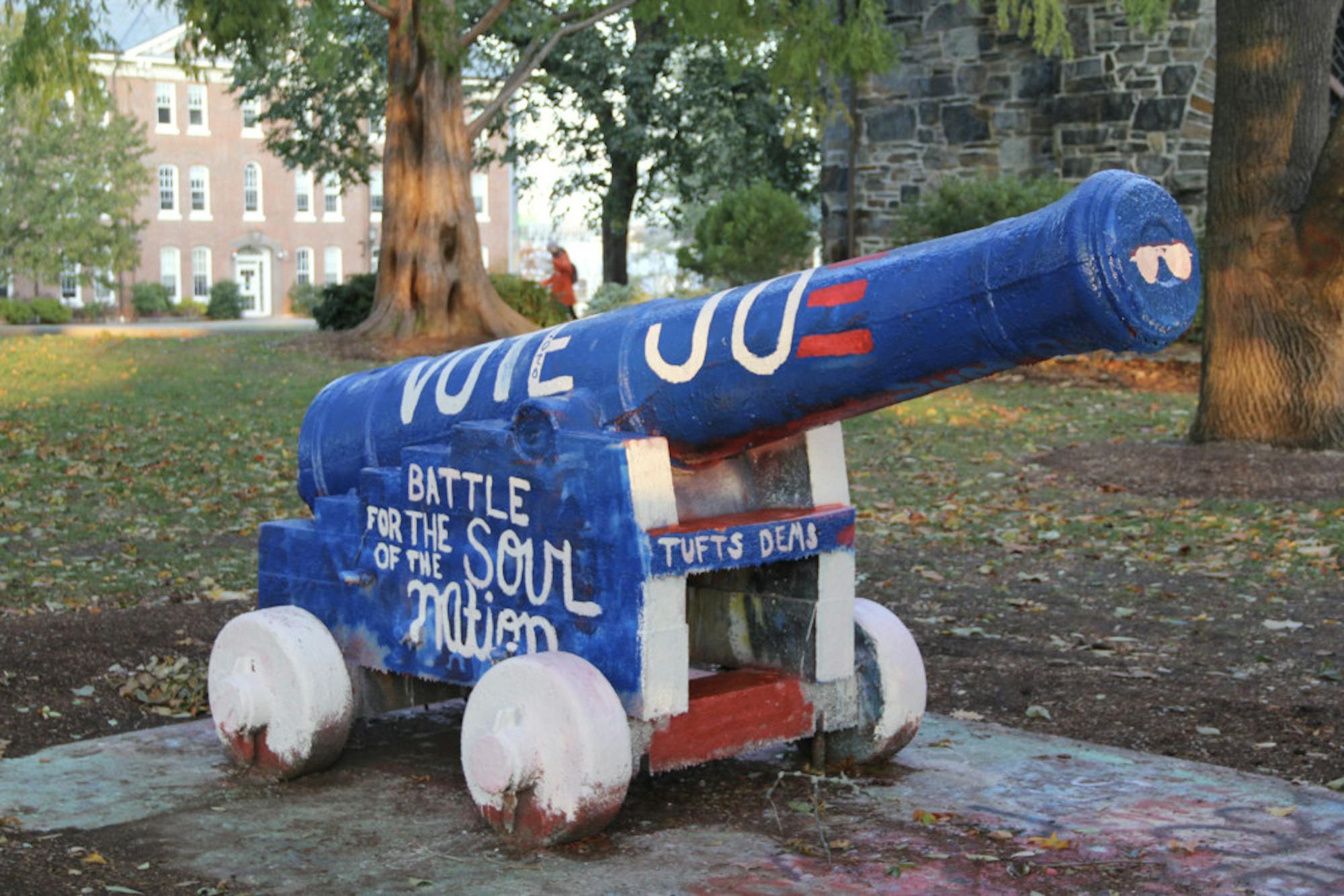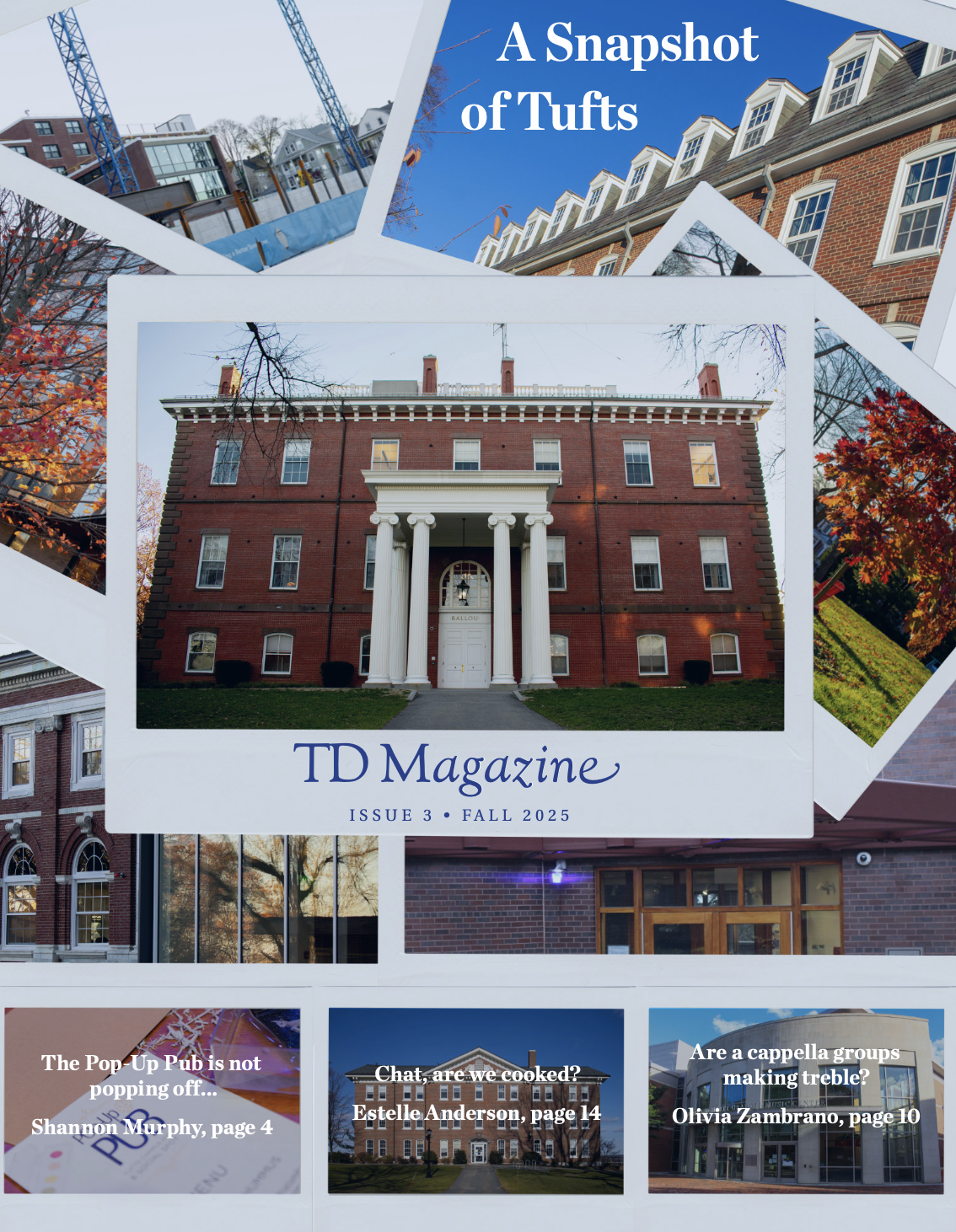The Center for Information & Research on Civic Learning and Engagement (CIRCLE) recently published data on young voters and their role in the 2020 election. The research found that turnout among young voters increased significantly and played a vital role in determining the election’s results.
Jen McAndrew (LA'96), director of communications, strategy & planning at the Jonathan M. Tisch College of Civic Life, described the importance of youth turnout.
“In a few key states … young people really made the difference for Joe Biden and Kamala Harris," McAndrew said. "That would be in Michigan, Arizona, Georgia and Pennsylvania, among others.”
She added that Biden’s victory also relied on the turnout of young people of color.
“Youth of color, in particular, are really the driving force behind youth turnout and behind young people's support for Biden and Harris,” McAndrew said.
According to Lauren Soherr, a Tisch Scholar working with CIRCLE, the research also tracked issues that had a large impact on young voters. Among young Biden voters, these included both the COVID-19 pandemic and racism.
“We found that [for] a lot of youth, their top priority and their top concern was the pandemic. And for youth that did experience a family member or relative [who] died of the coronavirus, those youth were more inclined to vote for Joe Biden," Soherr, a sophomore, said."And we also saw that a big issue among youth for this election was racism."
Research Program Coordinator Peter de Guzman said that an important part of CIRCLE’s research is the Youth Electoral Significance Index (YESI), which researchers use to determine the impact young voters have on elections in different areas.
“[YESI is] an index in that we take multiple variables, and we bring them together to find a score that we use to rate different congressional districts and states for senate, presidential and congressional races,”de Guzman said.
Soherr explained howCIRCLE’s research allows it to compile election data and determine barriers to the ability for young people, and often young people of color, to vote.
“We try to examine [how] those polls relate to things like access and looking at barriers, particularly for youth of color," Soherr said."For example, access to information on absentee voting, early voting, voting registration and trying to better understand access for different groups, and how to break down those barriers to make the election more accessible.”
In addition to recognizing these barriers, CIRCLE uses surveys to track youth political behavior, which includes the activism that many took part in this year.
“We also look at attitudes so there's that question of trust and a political process and interest to be politically motivated,"Soherr said."We were able to see groups that expressed a significant interest in political motivation. Young Black and [Latina] women in our poll showed that they were the most politically motivated — we're able to also see how youth were very involved in social movements."
McAndrew said that CIRCLE's findings are also used to help ensure that young people are able to vote. Companies likeSnapchat and Lyft have used information from CIRCLE to provide services to increase participation among young voters.
“As a result of that data, Lyft actually offered free and reduced rides to the polls in 2018 ... many other rideshare companies, Uber and the bike shares, they all followed that lead,”McAndrew said.“Snapchat is another company that used our research to design [its] voting engagement platform in this election and I think that they registered well over a million people to vote.”
According to de Guzman, the COVID-19 pandemic has changed the primary method of voting for many people, leading to the expanded use of mail-in ballots.
“We've seen, in the past 10 years, an expansion of laws that do offer more options to register and vote. So some of these are in response to the COVID-19 pandemic and we'll see if there's public support for them to stay after," de Guzman said.






